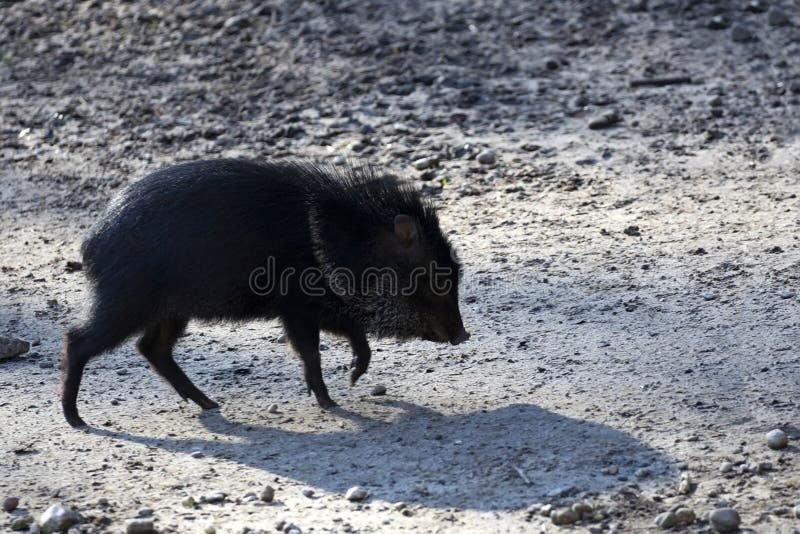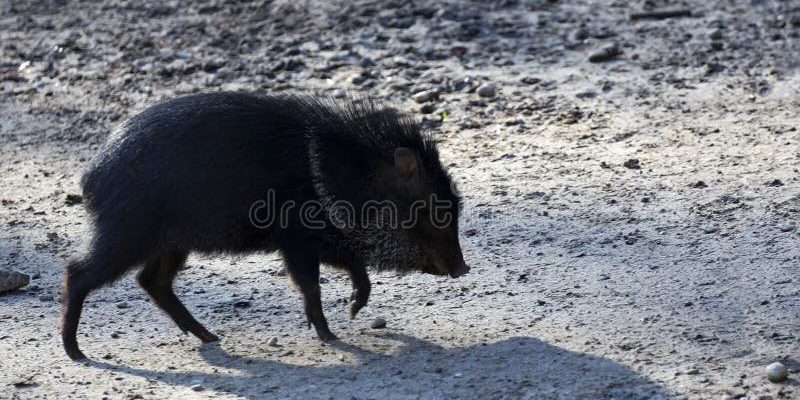
When it comes to raising their young, peccarys, particularly the most common type, the collared peccary, have developed interesting strategies. These strategies not only ensure the survival of their young but also reinforce social bonds within the group. Let’s dig deeper into the world of peccarys and discover how they care for their young in the wild.
Understanding Peccary Social Structure
Peccarys live in groups called sounders, which can range in size from a few individuals to over twenty. These sounders are tight-knit, often consisting of females, their young, and a few males. The social structure is crucial because it provides security. You might be wondering how this helps with raising young. Well, having multiple adults around means there are more eyes to keep watch for predators and more mouths to feed the little ones.
The females usually stay together, while the males might roam a bit further away to avoid competition. This arrangement benefits the young, as they have siblings to play with and learn from. It’s like being in a big family where everyone helps out. The females in the sounder cooperate in raising the offspring and can sometimes even share nursing duties.
Breeding Season and Gestation
Breeding season for peccarys often coincides with the rainy season, ensuring that food is abundant when the young are born. After mating, female peccarys undergo a gestation period of about five months. During this time, they become more cautious, staying close to the safety of their sounder. You can think of this as their way of preparing for the new arrival—like nesting for birds.
When the time finally comes, a female typically gives birth to one to three piglets, although twins are the most common. These little ones are born with a full coat of fur and can stand and walk shortly after birth. It’s amazing how quickly they adapt to their environment, almost like they’ve been practicing for this big moment!
Nurturing and Feeding the Young
Once the piglets are born, the nurturing phase begins. The mother is incredibly attentive, keeping her young close and protecting them from potential threats. Interestingly enough, the mothers often stay near the sounder, allowing the piglets to socialize with their siblings, cousins, and other adult members of the group. This environment is crucial for their development.
As they grow, the piglets start to explore their surroundings, learning what to eat by mimicking their mothers and other adults in the sounder. Peccarys are primarily herbivores, so their diet consists mainly of fruits, vegetation, and roots. The mother introduces them to different types of food, teaching them how to forage effectively. It’s like a live cooking class, where the mother shows the kids what’s edible and what to avoid.
Protection from Predators
In the wild, danger is always lurking. Predators such as jaguars, pumas, and large birds of prey see these cute young peccaries as a tasty meal. This is where the social structure of the sounder really shines. Adult peccaries take turns watching over the young, and when a threat is detected, the sounder takes on a defensive stance, forming a protective circle around the piglets.
If a predator gets too close, the adults will charge at it, using their powerful tusks for defense. It’s essential for the piglets to stay close to the adults during these tense moments, as straying away could be a fatal mistake. Think of it as a family rallying together to fend off intruders—a united front against danger.
Learning and Socialization
As the piglets grow, socialization becomes a key part of their development. They play with each other, practice their running and foraging skills, and learn important social cues from their mothers and the other adults. These interactions are vital—they help establish hierarchies within the sounder and teach the young how to communicate effectively.
You might notice that young peccaries often engage in playful behavior, such as chasing each other or even play-fighting. This playful exploration not only strengthens social bonds but also prepares them for adult life. It’s similar to how human children learn through play, gaining skills they will use as they grow older.
Weaning and Independence
Around the age of two to three months, the piglets begin the weaning process. During this time, they start eating solid foods and slowly reduce their reliance on their mother’s milk. This transition is crucial for their development, allowing them to build strength and learn to forage more independently.
As the piglets reach six months of age, they are nearly fully grown and ready to start exploring further from the sounder. By this time, they have gained enough experience and social knowledge to thrive on their own, although they typically stay with their mother and the group for a while longer. It’s like preparing a young adult to spread their wings while still having the safety of home.
Raising young peccaries is a communal effort filled with learning, protection, and bonding. From the way they nurture and teach their piglets to the protective strategies they use against predators, peccarys showcase the beauty of family life in the wild. Their social structures and nurturing behaviors highlight how much these creatures rely on each other for survival.
Honestly, it’s heartwarming to witness how these animals work together to raise the next generation. In a world where wildlife faces countless challenges, the dedication of peccaries to their young is a reminder of the importance of community, care, and coexistence. Just like any family, they strive to give their young the best start possible in the wild, ensuring their legacy continues.

